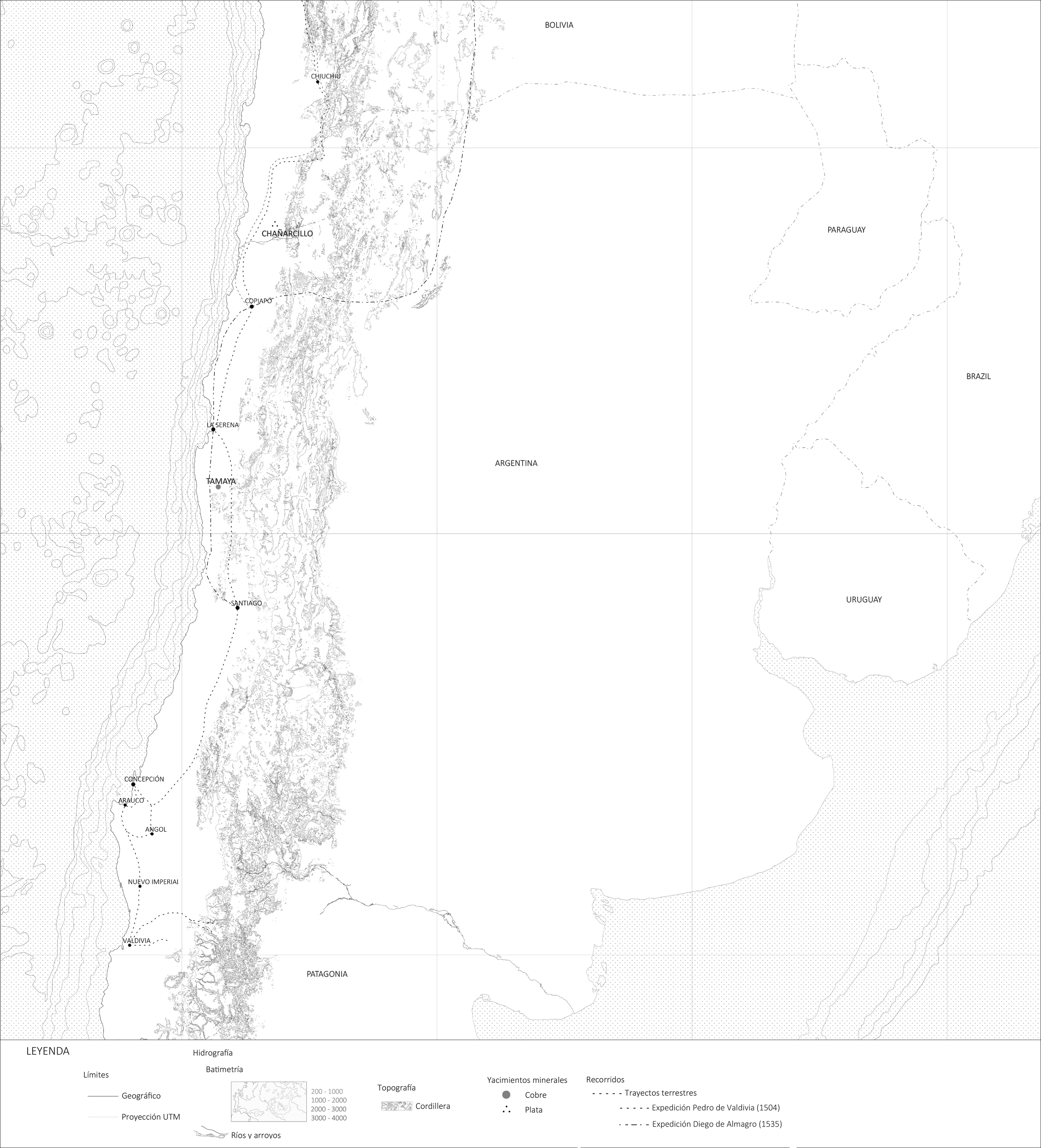Cartography of the Chilean Territory through the Universal Exhibitions of the 19th Century (1851-1889)
Main Article Content
Abstract
What happens when you take the biased lens of universal exhibitions and return it to the territory? The present research is a proposal to look at the history (or “histories”) of Chile as seen through its own discourses. Using cartography as a methodological tool, the territories that Chile has presented in the universal exhibitions of the 19th century (1851 - 1889) are studied and specified by revising both their form and content. The exhibits are a concrete way of breaking down the country's territorial and geopolitical positions, which goes to show how they have changed over time. Cartography allows these new associations to appear by graphically approaching any type of discursive phenomenon, either of a concrete or abstract nature. The discourses that Chile has adopted are indicative of a specific temporality, in which, despite the fact that the country's interests have varied, there is a premise that has remained: the need to ensure its position within its own territory and in the world, through the association of certain objects and construction systems as a way to maintain and increase its relevance. During the 19th century, Chile had not yet implemented a deliberate discourse regarding its territory, evidenced by the fact that the nation state was still in formation. The exhibitions in this time span embody those changes naturally, since they were aired at the same time the country was implementing the military conquest of Araucanía between 1852 and 1887. They also reflect the new insights that Chile had of its own land through the first cartographic, botanical, and mineral surveys done by the naturalists. On the other hand, the “Pabellón París” —the first Chilean pavilion— represents a geopolitical vision focused on mimicking the first world. The invitation this essay proposes is to look back in time to recognize those patterns in the physiognomy of the territory, which as a whole make up something greater.
Downloads
Article Details

This work is licensed under a Creative Commons Attribution-NonCommercial-NoDerivatives 4.0 International License.

